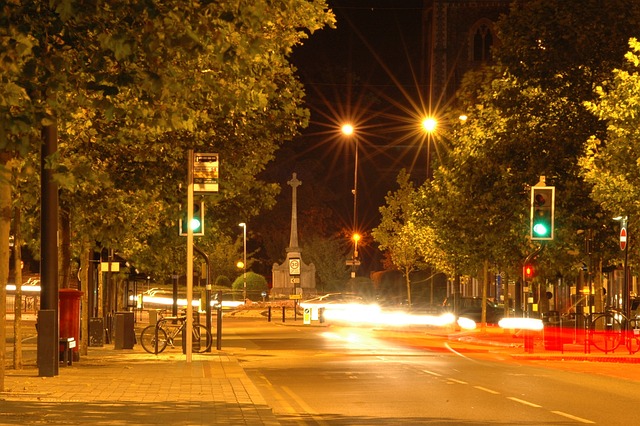In a concerning development for urban ecosystems, researchers have discovered that artificial nighttime lighting is altering the physical properties of tree leaves, making them tougher and less appealing to insects. This change could have far-reaching consequences for biodiversity in cities worldwide.
Nighttime Illumination Changes Leaf Structure
Scientists from the Chinese Academy of Sciences examined two common street tree species in Beijing: Japanese pagoda and green ash. They found that trees exposed to high levels of artificial light at night developed tougher leaves that showed fewer signs of insect feeding.
Dr. Shuang Zhang, the study’s lead author, explained the impetus for their research: “We noticed that, compared to natural ecosystems, tree leaves in most urban ecosystems generally show little sign of insect damage. We were curious as to why.”
The team collected nearly 5,500 leaves from 30 sampling sites along main roads in Beijing. They measured factors such as leaf size, toughness, water content, and levels of nutrients and chemical defenses. The results were clear: higher levels of artificial light correlated with tougher leaves and less evidence of insect herbivory.
Potential Disruption of Urban Food Chains
This finding has alarming implications for urban ecosystems. Insect herbivory plays a crucial role in maintaining biodiversity and supporting food chains. Dr. Zhang emphasized this point, stating, “Herbivory is a natural ecological process that maintains the biodiversity of insects.”
If insects can’t feed on urban trees, it could lead to a cascade of effects up the food chain. Fewer herbivorous insects means less food for predatory insects and insectivorous birds. This disruption could contribute to the global decline in insect populations observed in recent decades.
The study also found that the two tree species responded differently to increased nighttime illumination. Japanese pagoda trees, which are preferred by insects, allocated more resources to defense mechanisms. In contrast, green ash trees, less favored by insects, put more energy into growth.
Why it matters: This research highlights an often-overlooked consequence of light pollution in urban areas. As cities continue to grow and brighten, the impact on plant-insect interactions could have significant ramifications for urban biodiversity and ecosystem health.
While the study was limited to two tree species in one city, it opens up new avenues for research into how urbanization affects insects and related ecological processes. As we continue to reshape our urban environments, understanding these complex interactions will be crucial for maintaining healthy, diverse ecosystems in our cities.


